The automation of a metro line in 8 questions
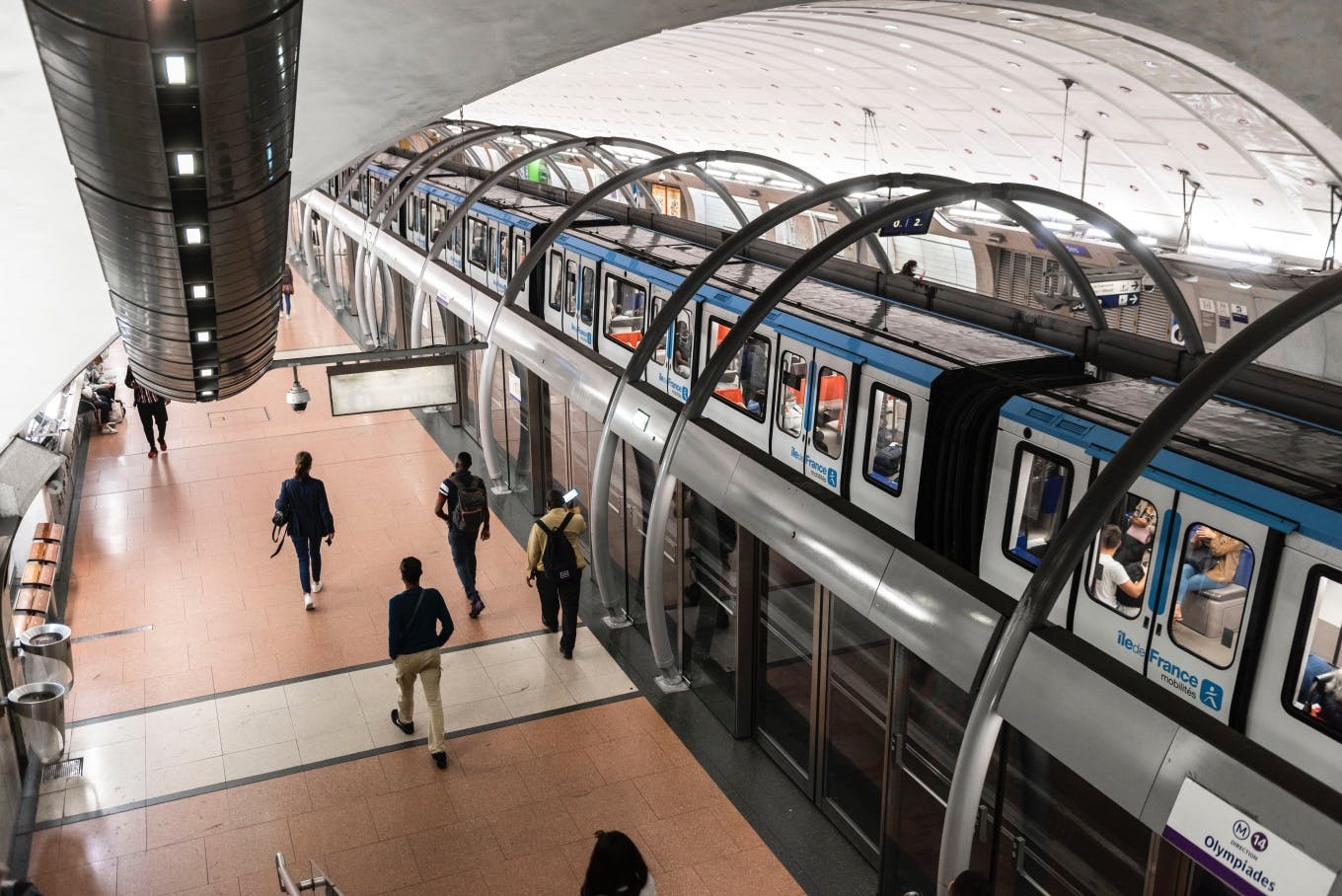
1. What is an automatic metro?
It may surprise you, but almost 100% of the historic Ile-de-France metro network is already automated. Except that in fact, automation can mean several things...
- Partial automation. This is the most widespread situation on the network at the moment. On most metro lines, the driver is always present but it is the train that drives in his place. This is called autopilot or driving assistance. The driver remains responsible for safety, manages the opening and closing of the doors, controls the departure of the train and can take control at any time. The speed of the train is constantly monitored. There are several levels of partial automation, which can go as far as managing the spacing between 2 trains.
- Full automation. When there is no driver at all, it is called full or full automation. This is already the case on lines 14 and 1, and in 2022 on line 4. In a few years, line 13 should also be fully automated. As for the new lines of the Ile-de-France metro (15, 16, 17 and 18), they are designed directly with complete automation.
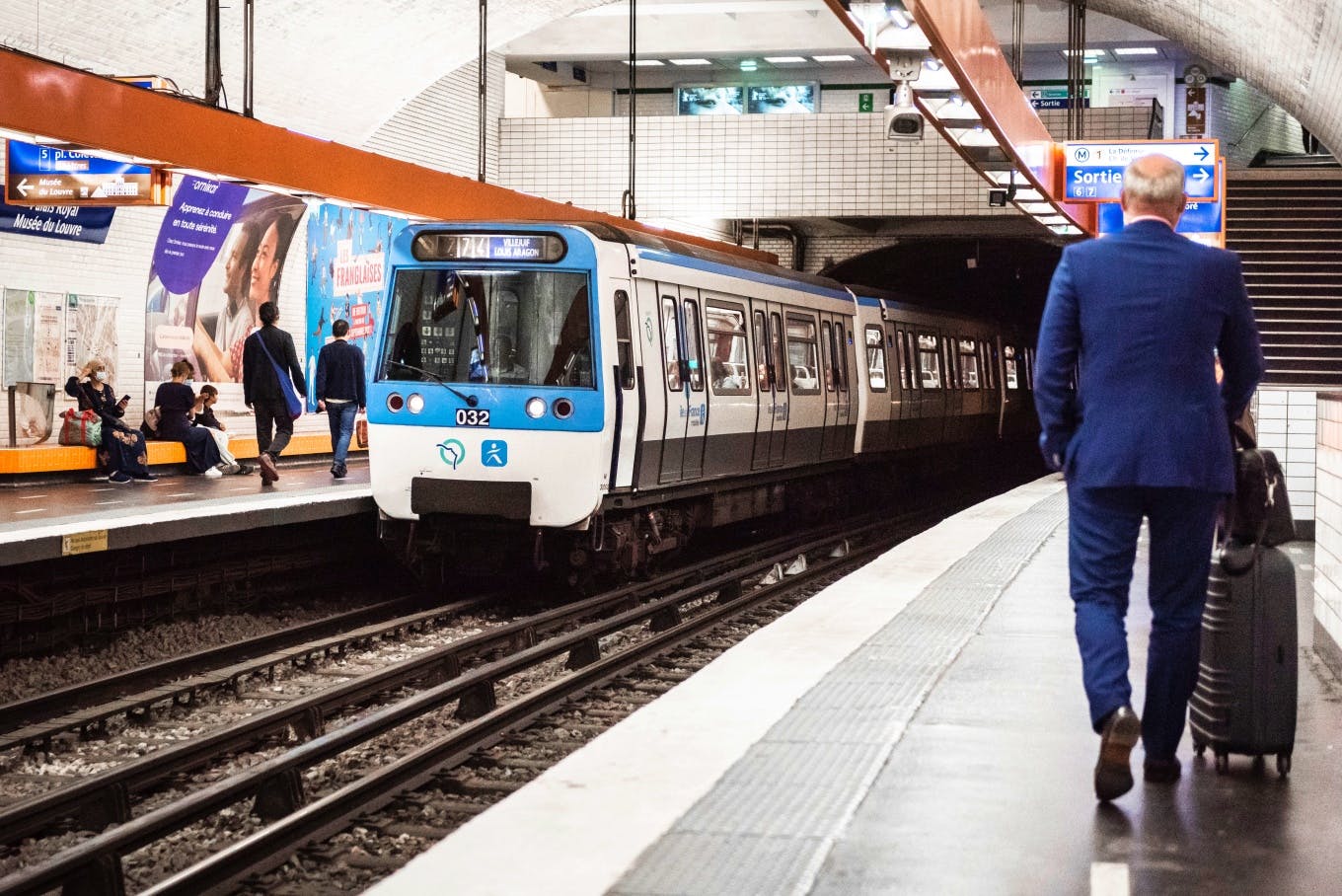
2. But then, which lines are not automatic at all?
Lines 3bis, 7bis and 10 are the only lines in the Ile-de-France metro network that do not have these automatic systems. To date, the trains are driven entirely manually.
3. Why automate a metro line?
All major metro lines in the world are automatic (with or without a driver). They aim to achieve a high quality of travel (journey time, resilience and responsiveness of operations, quality of passenger information, etc.). It is in order to be able to meet all these requests that it is necessary to automate.
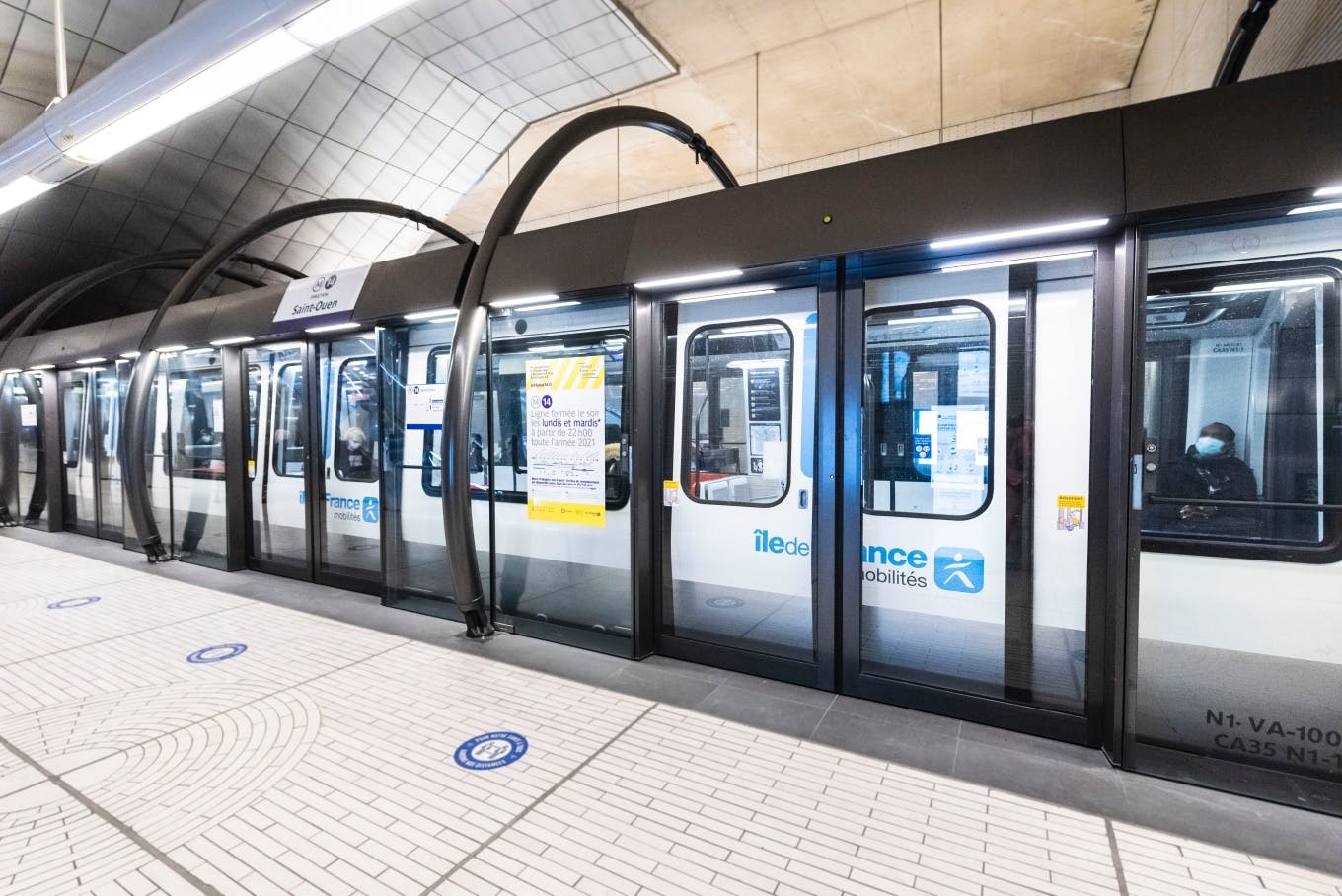
4. Automation: what are the advantages?
Automating a metro line makes it possible to save travel time, but also in daily robustness (fewer hazards, better regularity), to make traffic flow as smoothly as possible, and even to increase the level of supply without having to change the infrastructure.
Full (or integral) automation – coupled with centralised control stations (this is the "control tower" of each line) – makes it possible to manage the entire train fleet in unison, in real time, in accordance with the transport plan and to be able to adapt to disrupted situations.
5. How does an automatic metro "work" in concrete terms?
Automation, even partial automation with a driver, is the possibility of making metros run closer to each other in complete safety, by freeing themselves from railway blocks*.
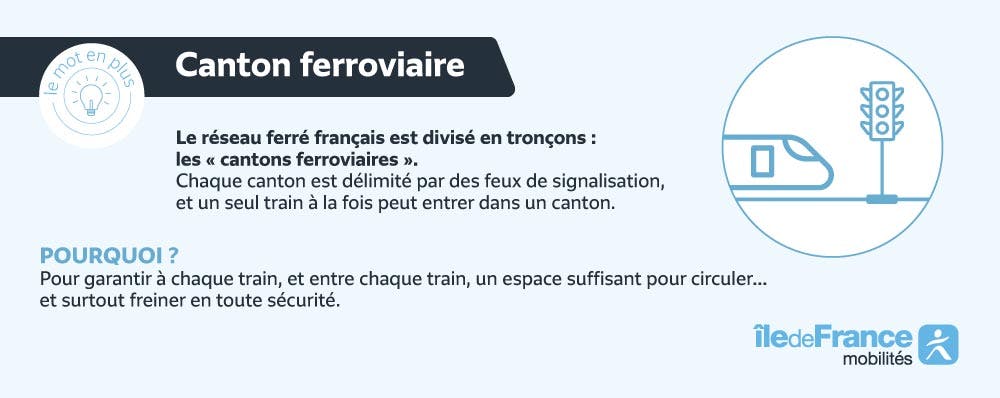
Freeing oneself from the railway blocks makes it easier to make up for any small delays and allows the increase in the frequency, i.e. the "throughput" of the trains. And with full automation, it allows you to go further in performance.
Thus, on the future line 15, we will eventually be at 106 or even 90 seconds between 2 trains on the main ring road.
An automatic metro also works in an evolving system that allows it to adapt to the needs of passengers. And easier operation in the event of an incident, which makes it possible to gain in responsiveness and agility on the scale of the entire line - for example by injecting a train at any time to complete the service.
6. How long does it take to automate a metro line?
Completely automating a line that remains in operation, such as line 4 for example, takes about 10 years, with the majority of work carried out at night.
Because if industrial elements and trains can be available in a few years, it is also necessary to adapt the stations, all the signal stations and even the termini of the lines:
- Deploying platform screen doors to ensure no one gets off the tracks in the event of driverless trains
- Resumption of the docks so that they are able to support the weight of the platform screen doors
- Creation of new emergency exits, as the new automatic trains allow more passengers to be accommodated, which means more people to evacuate in the event of a problem(s)
- Expansion of the technical rooms, not always easy in the very constrained setting of a Paris metro station
- Modification of signalling systems
- Adaptation of the power supply
As we can see, it is not just a question of automating a line, but of engaging in a global approach.
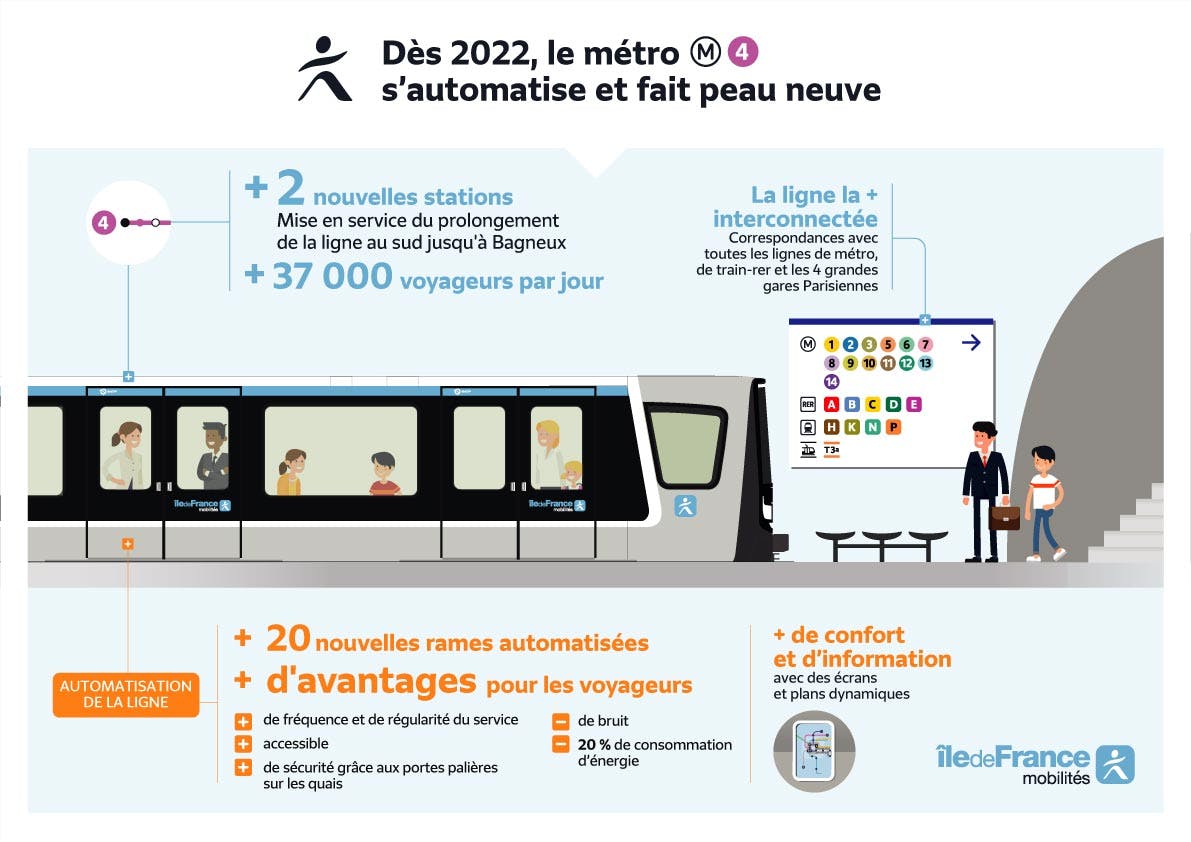
7. How do I choose which lines to fully automate?
Why lines 14, 1, 4 and tomorrow line 13? Why not the other lines? How do you decide on the complete automation of a line?
The decision is informed by the evolution of the line's ridership and by taking into account socio-economic data. Thus, the future lines 15, 16, 17 and 18 will be huge lines with a very high level of traffic expected. This requires the use of robust equipment and, in the event of a problem, systems with a high degree of resilience.
But automation is not just about the metro. The RER will also have new innovative systems. With NExTEO on the RER E (EOLE), lines B and D (driver-driven automation), a significant improvement in passenger service is expected.
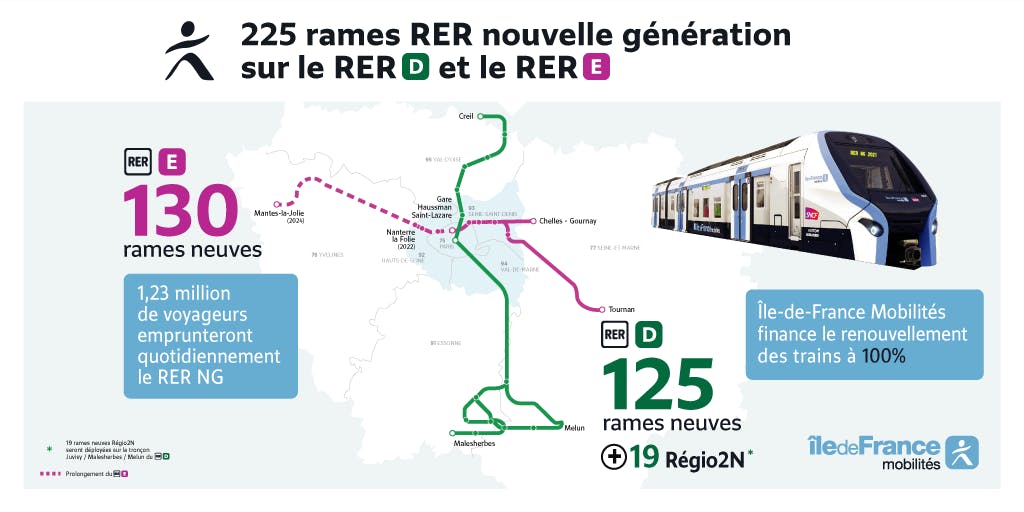
8. Île-de-France Mobilités: what role in automation?
The decision to automate a line, let alone a line in operation, is very complex, with strong industrial, operational and financial implications. It is therefore a decision that must be validated by Île-de-France Mobilités and all the funders.
To engage in such a project, the Île-de-France Mobilités teams must ensure that the project brings real social and economic added value.
They thus verify that the project can be completed and that risks, particularly regulatory risks, are under control. Performance, costs, risk: so many subjects questioned to ensure the interest of the project for the inhabitants of the Ile-de-France region.
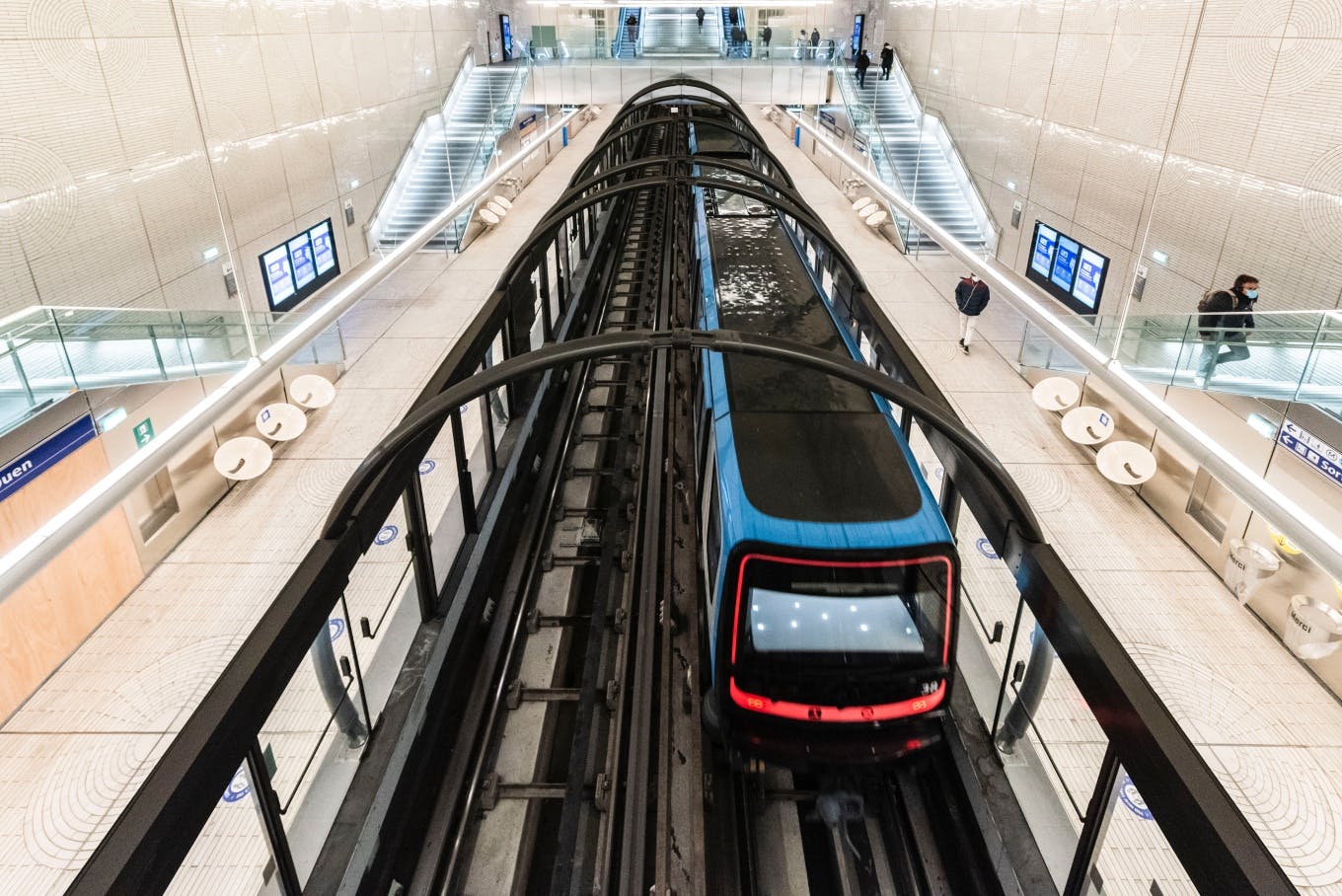
*Railway canton. The French rail network is divided into sections, the "railway cantons". Each block is bounded by traffic lights, and only one train at a time can enter a block. What for? To guarantee each train, and between each train, sufficient space to circulate... and above all to brake safely.